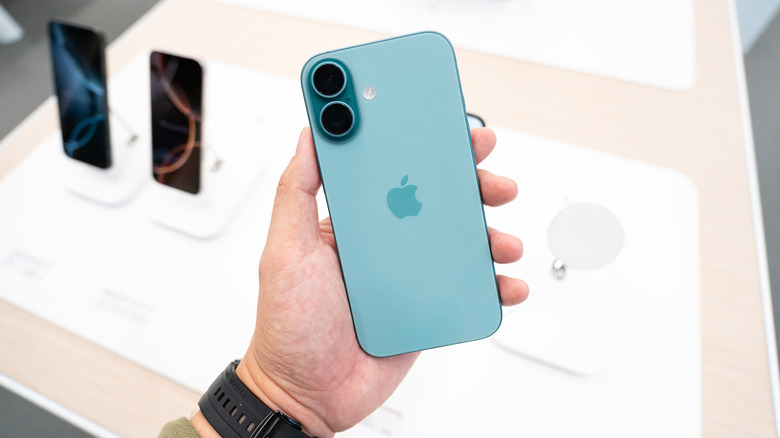Understanding the Back Tap Feature on iPhone
Back Tap is a unique and often overlooked feature on iPhones that can significantly enhance user experience. Introduced in iOS 14, this functionality allows users to assign quick actions to a double-tap or triple-tap on the back of their device. This means you can perform tasks like locking your screen, taking a screenshot, muting your phone, or launching a specific Shortcut without ever touching the screen.
This feature is part of Apple’s broader suite of accessibility tools, but it offers practical benefits for all users looking to simplify their daily routines. It works with most phone cases, doesn’t require Face ID or on-screen buttons, and becomes quite intuitive once set up. However, it’s not enabled by default. If you’ve ever tapped the back of your phone expecting something to happen, that’s why. To use Back Tap, follow a straightforward guide to enable it, customize its functions, and troubleshoot any issues if it doesn’t respond as expected.
How to Enable and Customize Back Tap
To begin using Back Tap, open the Settings app on your iPhone. Navigate to Accessibility, then select Touch under the Physical and Motor section. Scroll down to find the Back Tap option. Choose Double Tap and select the function you want it to trigger. There are a wide range of options available, from basic controls like taking screenshots or silencing your phone, to more advanced features such as enabling Live Captions or having on-screen content spoken aloud. You can also set it to perform scroll gestures or launch custom Shortcuts and automations. If you prefer, you can also enable Triple Tap to assign a second function.
Once set up, using Back Tap is straightforward. Simply make the required number of sharp, steady taps on the back of your iPhone, near the center or top. The phone detects this input using its gyroscope and motion sensors, so there’s no need to remove your case. The only real adjustment is getting a feel for the tapping rhythm, which most users pick up quickly.
Adjusting and Disabling Back Tap
If you wish to change any of the assigned gestures, simply return to the Back Tap menu at any time. If you decide to disable the feature entirely, go back to Settings > Accessibility > Touch > Back Tap, and select None to turn it off.
Troubleshooting Back Tap Issues
If you’ve followed all the steps and Back Tap still isn’t responding, don’t worry. A few quick checks can usually resolve the issue. First, ensure your iPhone is compatible. Back Tap only works on iPhone 8 or later running iOS 14 or higher. If your device is older, the setting won’t even appear. Staying updated with iOS updates is essential for accessing these features.
Consider your case next. While most phone cases don’t interfere with Back Tap, thick or rugged ones can sometimes block the motion sensors. Try removing your case and testing the gesture again. Also, remember that the feature isn’t designed for gentle taps—you’ll want to give the back of your phone a firm but quick double tap, preferably near the center or top.
If all else fails, restart your iPhone. Sometimes, a simple reboot is all it takes to get things working smoothly again. Once you’ve got it running, Back Tap is just one of many clever features hidden in your iPhone—well worth exploring if you haven’t already.







